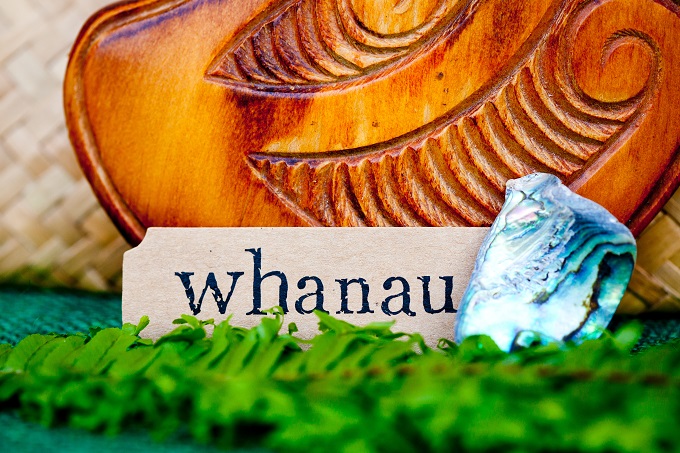
CreativeFire © stock.adobe.com
<p>Applications have opened for round four of Te Aho Ngārahu, a fund that enables Māori storytellers to <span lang="EN-US" >develop </span>quality localised te reo Māori education resources for ākonga, kaiako and Kāhui Ako, Associate Education Minister Kelvin Davis has announced .</p>
<p>Te Aho Ngārahu received a $1.5 million boost in Budget 2020, increasing its annual funding to $3.41 million. Since its establishment in 2017, the initiative has produced over 200 resources that share a range of local histories from across New Zealand.</p>
<p>“<span lang="EN-US" >With </span>Te Aho Ngārahu <span lang="EN-US" >local Māori storytellers get to tell their stories in their way and in the process develop an educational resource for long term use. At the same time, ākonga and students, </span>both Māori and non-Māori,<span lang="EN-US" > get to build their knowledge and understanding of local history, </span>through the eyes of Māori,” Kelvin Davis said.</p>
<p>“It’s great to see our people using technology to innovate and bring their stories to life.</p>
<p>“We’ve got the story of Nukutawhiti, including his journey to Hokianga from Hawaiiki, captured in an interactive digital board game, and an app has been developed retelling a series of purākau surrounding the volcanic peaks in South Auckland,” Kelvin Davis said.</p>
<h3>Other resources developed through Te Aho Ngārahu include:</h3>
<ul>
<li>A board game which traces the journey Tamatea Arikinui took through Rarotonga to arrive in Aotearoa.</li>
<li>Digital story books about Māori superheroes Pūwhaorangi of Te Arawa, and Ngarue of Taranaki.</li>
<li>A multi-media interactive map that tells the story of Pekehaua, who brought Ruaeo to Aotearoa and carved te awa o Te Awahou.</li>
<li>An ebook that is a collection of stories of Moriori history on Rēkohu.</li>
</ul>
<p>Kelvin Davis said Te Aho Ngārahu was a practical example of the kind of shifts needed in education for Māori to enjoy and achieve educational success as underscored in the newly updated Māori education strategy, <em>Ka Hikitia</em>, and the Māori language strategy <em>Tau Mai Te Reo</em>. </p>
<p>“These refreshed strategies set out the actions the Ministry of Education and education agencies will undertake to enable Māori to enjoy education success<strong> </strong>as Māori,” Kelvin Davis said.</p>
<p><span lang="EN-AU" >“Our Government has made a number of strategic investments over the last three years to support Māori education and Māori language.</span></p>
<p>“The boosted Te Aho Ngārahu fund is the latest example of <em>Ka Hikitia</em> and <em>Tau Mai Te Reo</em> in action, in that every learner should be able to access high quality reo Māori in their education,” Kelvin Davis said.</p>
<p>Applications for Te Aho Ngārahu will close at 5pm on 20 August. </p>
<p><em>Ka Hikitia was first published in 2008. It was updated in 2013 and Tau Mai Te Reo was published at the same time. They have been refreshed and updated as part of the overall Education Work Programme. The two strategy documents include vision, principles, outcomes and action plans.</em></p>

Since 2015, fewer students are completing secondary school, defined as remaining enrolled in education until…
As the country’s Indian population grows, so does demand for Indian languages like Hindi, Punjabi…
By promoting alternate qualifications, some schools may have undermined public trust in NCEA, explains an…
When young people immerse themselves in nature, they leave feeling physically, mentally, emotionally and spiritually…
Theatre is much more than performance. Deep skills can be developed across multiple curriculum areas,…
NZCER found generative AI tools are frequently used to support teaching and learning in primary…
This website uses cookies.